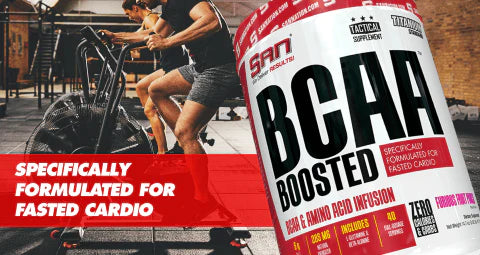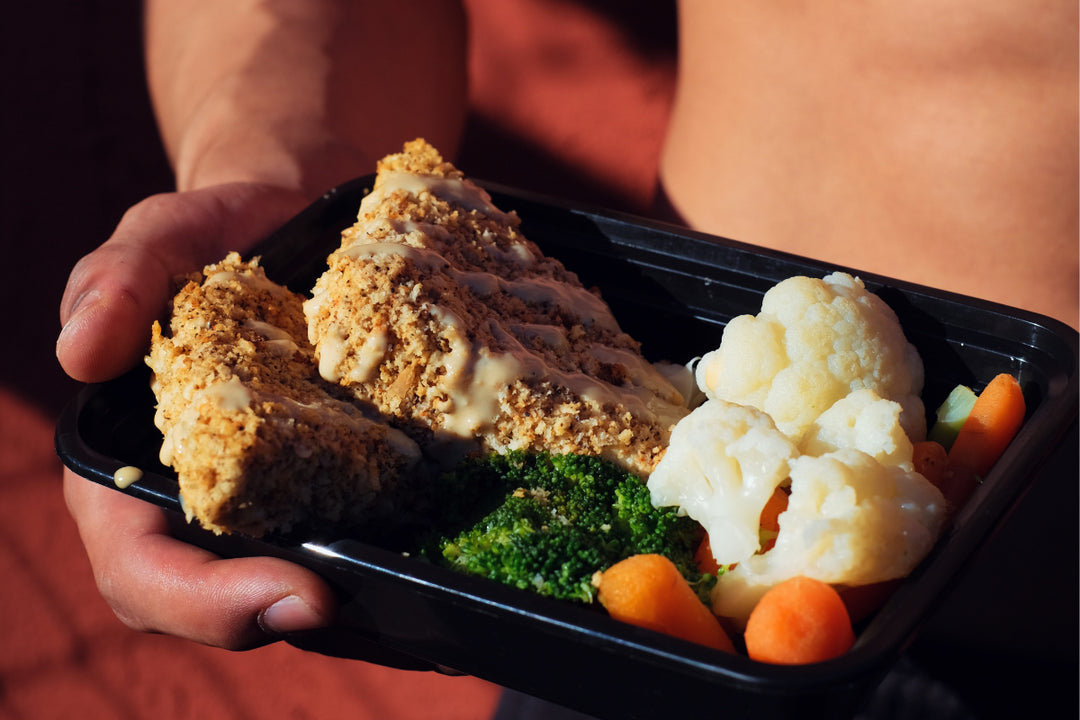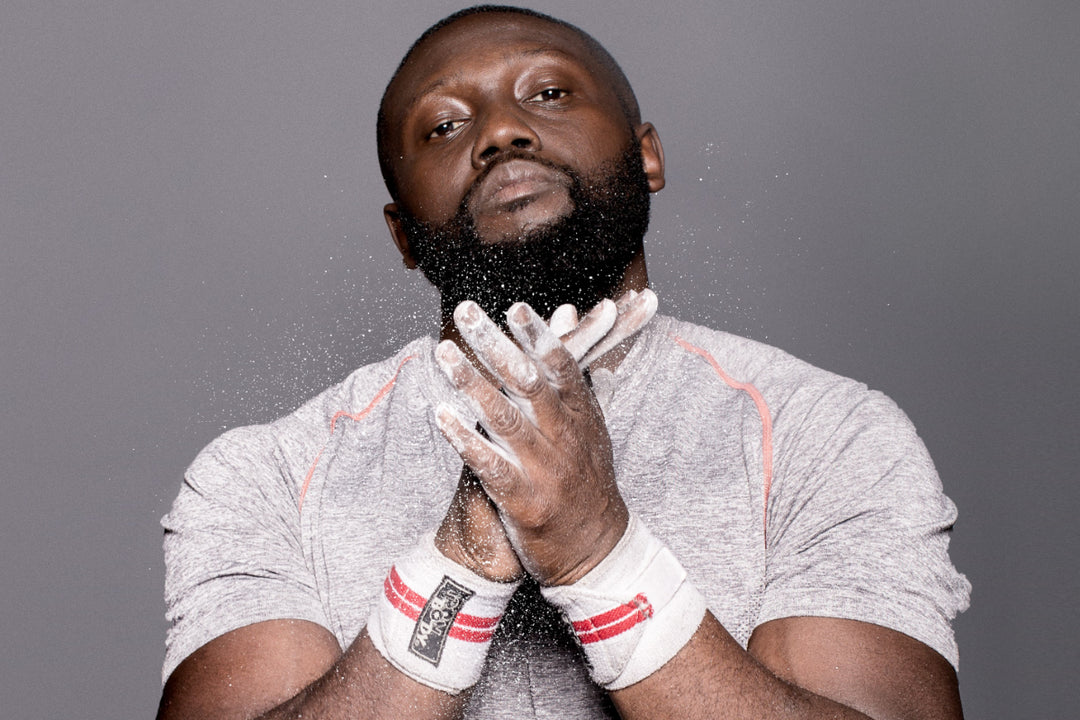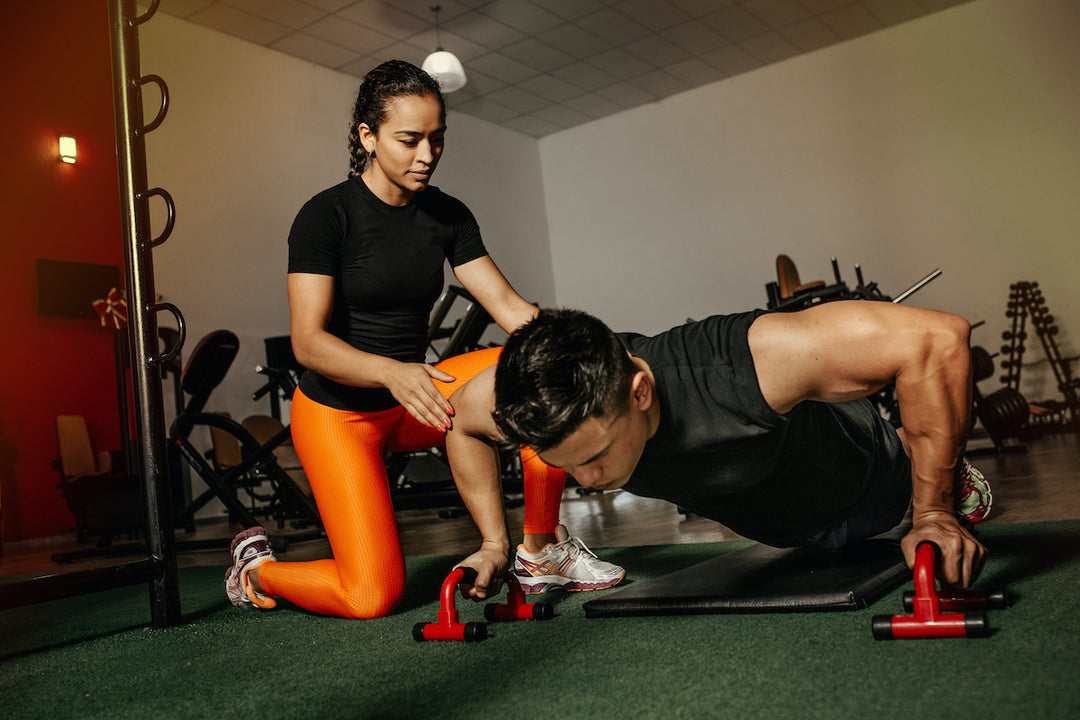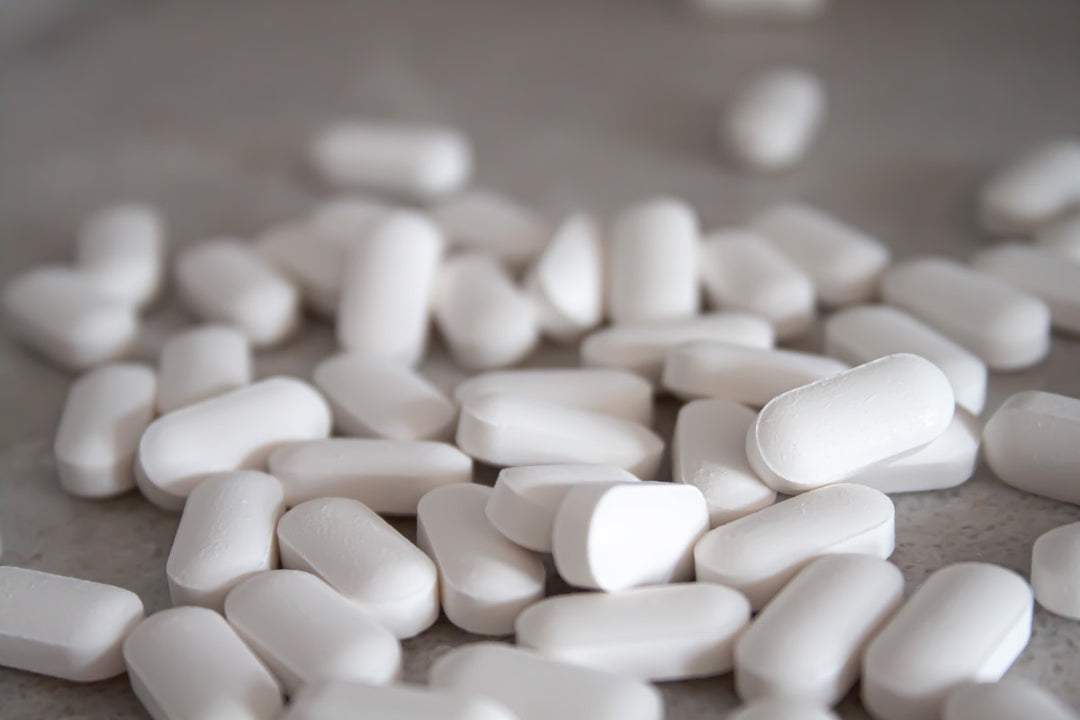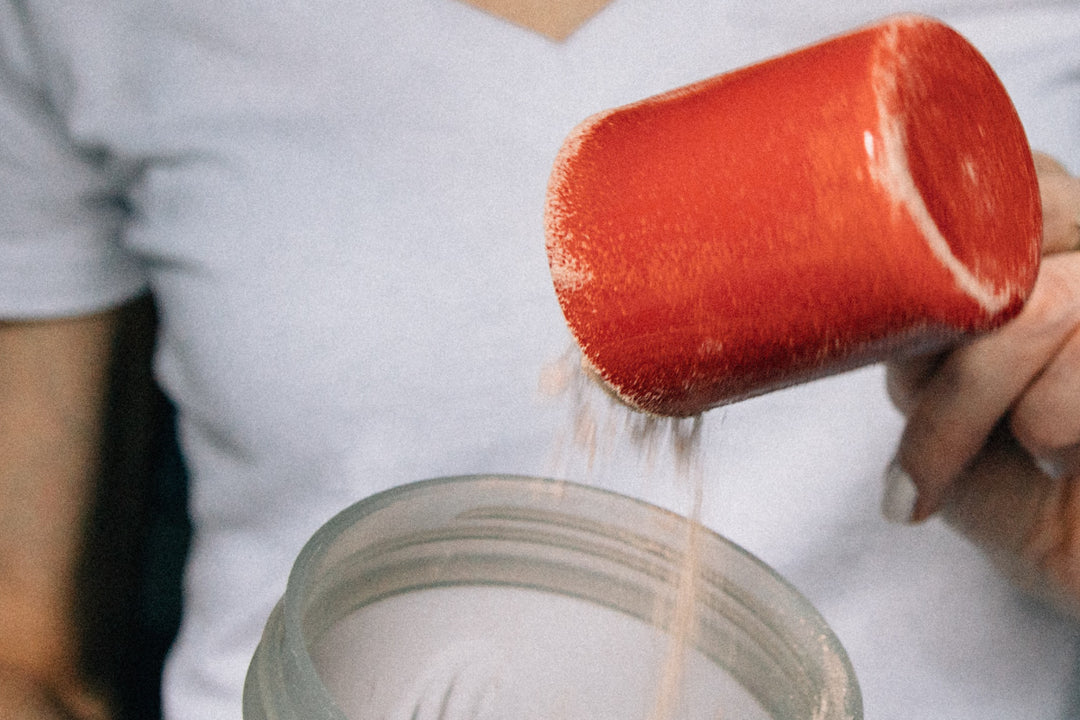There's one common tool that everyone uses to measure weight loss: And on the surface, that makes sense—if you're tracking body weight, a scale gives you a measurable number to track. But if your goal is losing fat or gaining muscle, a traditional scale doesn't really make much sense. In fact, you can essentially ignore your body weight—unless you're clinically obese and need to get your actual weight down to maintain heart health.
Why would you ignore your body weight when focusing on fat loss or muscle gain? Because your weight won't tell you anything about body composition.
How can I track my progress without body weight?
For the most part, the number on your scale is meaningless, so your body weight will only mess with your mind. If you're gaining any lean muscle tissue while losing body fat, your weight could either stall or go in the opposite direction you'd expect even though you might look better than you ever have.
Focus instead on fat loss or muscle gain, not the weight on your scale. And if fat loss is your main goal, don't ignore the benefits of adding a little muscle in the process. You'll never get “too big†by accident, and every pound of lean muscle you add to your body helps you burn 50 more calories at rest. You'll look better, feel better, and be a more efficient fat-burning machine.
If not weight, what should I track for progress?
Photos/VideoAlthough it might feel awkward, photos and video are two of the best ways to track progress. Plus, even though numbers are great for collecting data, how you look and feel play the biggest role in these types of goals. And seeing your progress from week to week can be extremely motivating.
No, the mirror isn't nearly as good or accurate as photos and video. Your perception of how you look in the mirror is never as effective as something more permanent, and you'll never notice real change when you're looking at yourself daily.
Essential Tips for Photos/Videos:-
- Use the same exact location, lighting, time of day, and camera
- Take photos and/or video from all sides
- Use the same poses/angles every time
A measuring tape is another simple and great progress-tracking tool. The only thing that can be troublesome is being consistent with where and how you measure. It can be difficult to get the same location and you might subconsciously squeeze a little tighter with the tape measure as time goes on, but remember that you want accurate tracking to see if you need to make changes to your nutrition or activity levels.
Essential Tips for Using Measuring Tape-
- Use the same location, pressure, and time of day
- Measure the smallest and widest sections of your waist, hips, thighs, and upper arms
-
- Follow the instructions!Â
- Measure the exact same locations every time
- Use the same time of day
- Use several locations to ensure the best tracking
As tempting as it is when you get started, measuring for results every single day can kill your motivation because change simply doesn't happen that quickly. And if it does, you're either not being consistent with your measurements, or there's been a dietary or hormonal change that's having a temporary effect. Just remember to ignore your body weight unless you use it as nothing but a fun datapoint combined with your other measurements. Regardless of whether you use one or all of the methods above, track your progress just once per week or every two weeks. That's the best way to have measurable differences and to fuel your fire."




